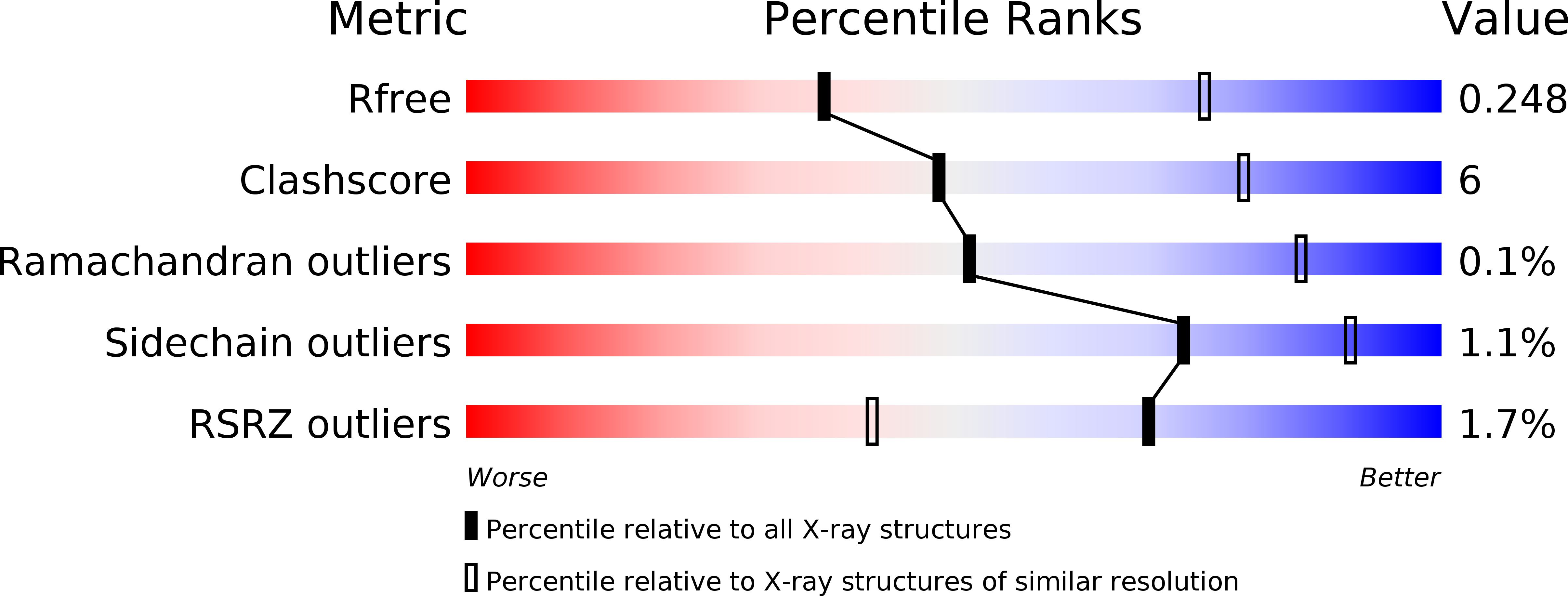
Deposition Date
2016-07-05
Release Date
2016-10-05
Last Version Date
2023-10-04
Entry Detail
PDB ID:
5KQ1
Keywords:
Title:
Crystal structure of S. pombe Dcp1/Dcp2 in complex with H. sapiens PNRC2
Biological Source:
Source Organism:
Schizosaccharomyces pombe (strain 972 / ATCC 24843) (Taxon ID: 284812)
Homo sapiens (Taxon ID: 9606)
Homo sapiens (Taxon ID: 9606)
Host Organism:
Method Details:
Experimental Method:
Resolution:
3.00 Å
R-Value Free:
0.24
R-Value Work:
0.21
R-Value Observed:
0.21
Space Group:
P 1 21 1


